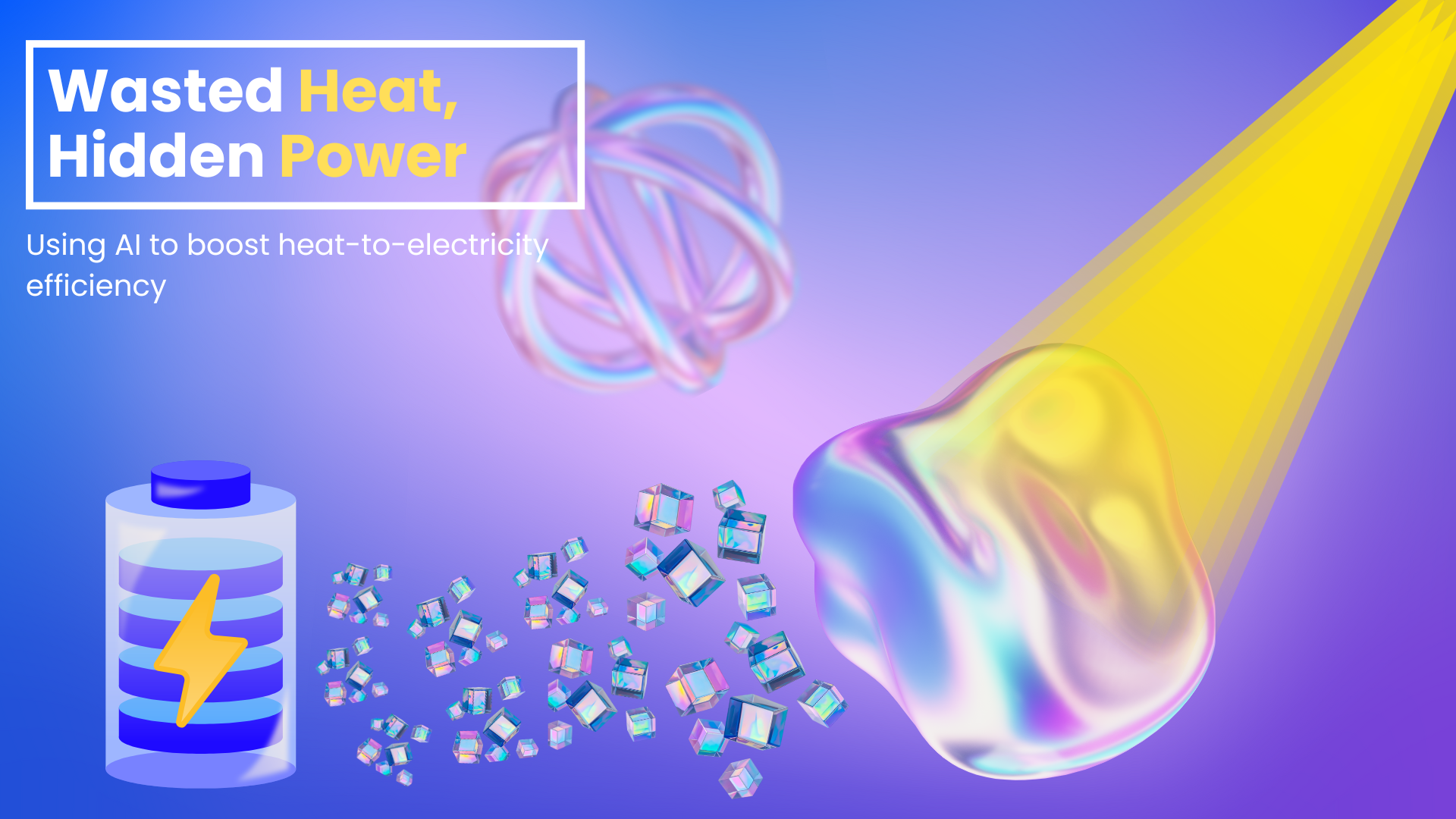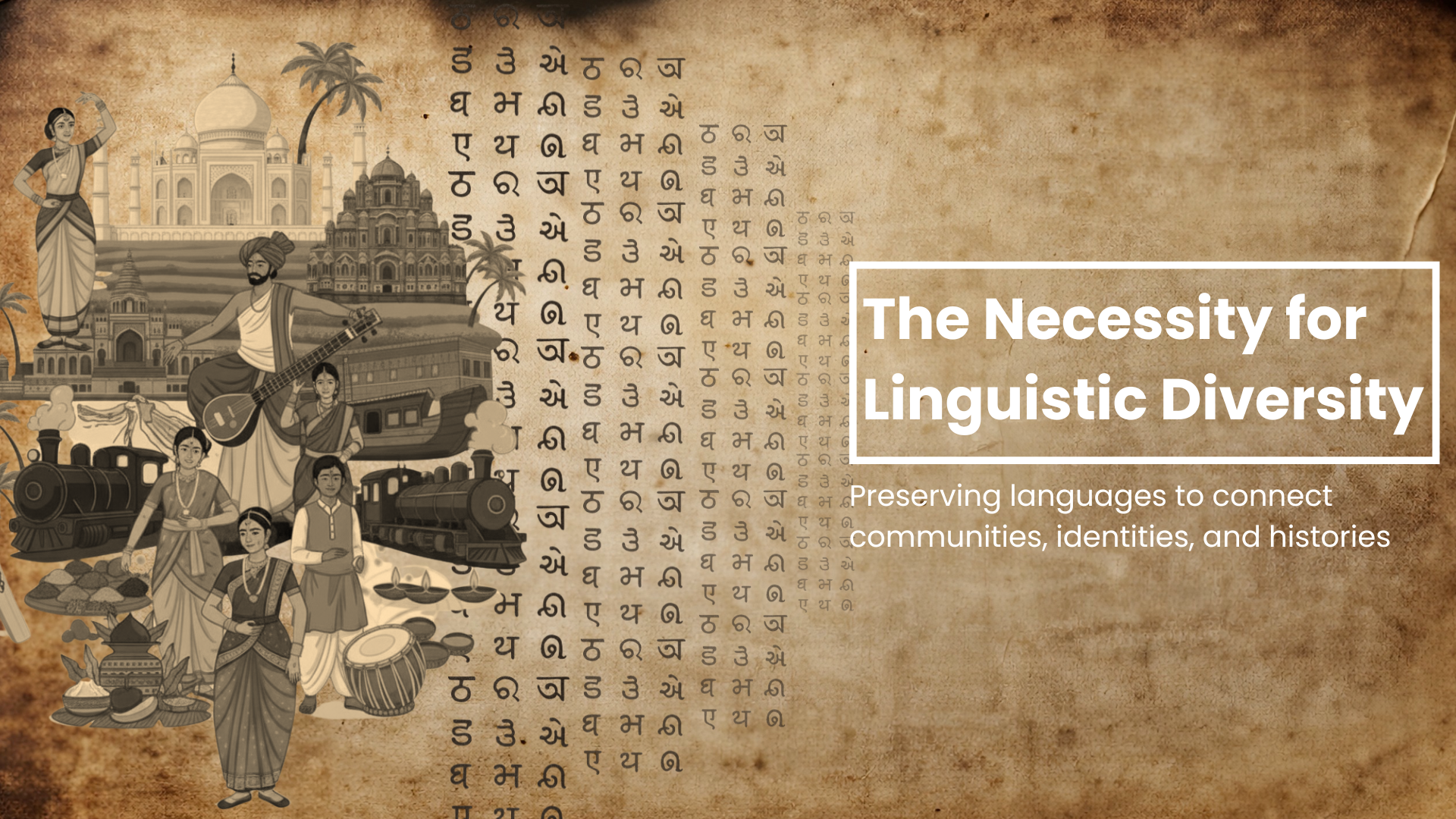
In the theory of General Relativity (GR), proposed by Albert Einstein, time is considered as a physical, dynamical entity in addition to our three-dimensional physical space. Time constitutes the fourth dimension along with the three-dimensional physical space to form what is known as the spacetime continuum. The distortions in this continuum are supposed to manifest itself in what we then interpret as gravity. This viewpoint provides a completely different way of looking at space, time, and gravity, and attributes a certain universal character to the gravitational force, a character that cannot be attributed to, say, the electromagnetic force.
Within the theory of GR, the fabric of spacetime provides a stage on which motion of all objects, from the largest to the smallest, takes place. Spacetime not only determines the motion of planets, stars, galaxies, but also the universe as a whole. A simple, and popular, visualization of spacetime can be obtained by imagining a large rubber sheet fixed at its ends such that its surface is flat. When a mass, say a 1 kg ball, is placed on this sheet, the sheet would curve. Now, when a much smaller ball, say weighing 10 g, is placed on the sheet, it will move in a manner that depends on how curved the sheet is. There exists a complicated mathematical expression for “how curved” the sheet is, called as curvature. When applied to spacetime as a whole, the curvature of spacetime is the key quantity that, in a sense, provides a measure of its energy content. In the eloquent words of physicist John Archibald Wheeler: “Matter tells spacetime how to curve, and spacetime tells matter how to move.”
Shifting focus from space and time to the behavior of atomic and subatomic particles, one encounters additional curious features described by the theory of quantum mechanics. Weird though they may be, the predictions of quantum mechanics have been verified through several fascinating experiments. The implications are unanimous – at the most fundamental level, our universe is governed by laws that deviate considerably from the laws of classical mechanics that govern the regular phenomenon of day-to-day life. When combined with Einstein’s insights about space and time, quantum mechanics generalizes to the formalism known as quantum field theory (QFT) – a highly successful framework whose predictions have been verified with remarkable accuracy – the most recent one being the discovery of the Higgs boson.

One of the intriguing phenomena predicted by quantum mechanics goes under the name of quantum entanglement, where a particle can be correlated to another particle no matter how far apart they are. When two particles are entangled, their quantum states can effectively be considered as interlinked, so that the effect of any physical measurement on one particle gets reflected in the other particle. Quantum entanglement is used in various quantum technologies, such as quantum computing, communication, and cryptography.
Recently, the study of low-energy quantum systems in non-singular curved backgrounds has attracted a lot of attention among researchers as it can provide significant insights into what one might expect in extreme gravitational conditions. The reason for this attention is because of the notion that gravity might have a universal role to play in quantum processes such as entanglement, and the question of whether this has any implication for the quantum nature of gravity.
In this study, the authors Mr. Hari K., Dr. Subhajit Barman, and Prof. Dawood Kothawala from the Centre for Strings, Gravitation and Cosmology, Department of Physics, Indian Institute of Technology Madras, Chennai, India, take the first step in quantifying the role of curvature in quantum entanglement, and how this can help us to use quantum processes to reconstruct the curvature of spacetime.
The authors have considered the vacuum state of a quantum field, which is the lowest energy state of the quantum field. Although particles are absent from this field, it is not really empty. Even in the vacuum state, quantum fields exhibit fluctuations. These fluctuations give rise to virtual particles constantly popping in and out of existence.
They have further utilized Unruh-DeWitt detectors, which are two-level atoms used to study the effects of quantum fields in curved spacetime. Although these detectors are only theoretical, they help study various phenomena in quantum field theory and the behavior of quantum fields in cosmological spacetimes. These detectors also have significant scope for experimental realization. Using these detectors, entanglement in the vacuum of the quantum field can be transferred to that between the two detectors.
In particular, in their work, two such detectors, moving in curved spacetime, are considered. The detectors interact with the quantum field in the curved spacetime for a finite amount of time. Three parameters associated with this setup – the energy gap of the detectors, the initial values of the separation distance between the detectors, and their relative velocity, are then utilized to investigate the entanglement between such Unruh-DeWitt detectors in a general curved spacetime and for a specific scenario in a cosmological (de Sitter) background. It was found that curvature can induce entanglement features in certain regions of the above parameter space, in a manner that can facilitate using entanglement as a probe of spacetime curvature. The authors’ motivation, set-up, and overall analysis in this work are much more general and hence have a much wider scope.
Prof. Vincent Vennin, a Cosmologist from the Laboratoire De Physique De L’Ecole Normale Superieure (LPENS), Paris, France, acknowledged the importance of the work done by the authors with the following comments: “As Erwin Schrödinger put it, entanglement is not “one but rather the characteristic trait of quantum mechanics, the one that enforces its entire departure from classical lines of thought”. It leads to the violation of the famous Bell inequalities, the experimental confirmation of which was awarded the Nobel Prize in 2022. However, characterising the presence of quantum entanglement in relativistic fields remains a difficult task, since one has to extract local degrees of freedom out of space-filling fields. One possibility is to couple fields to non-relativistic, local “detectors” and to investigate entanglement between such detectors. The work of Hari K, Subhajit Barman and Dawood Kothawala implements this approach on a generic curved space-time, and highlights universal features in the role of space-time curvature to induce quantum entanglement. This is particularly relevant in the context of cosmology, where cosmic structures (such as galaxies, clusters of galaxies etc.) are expected to form from the gravitational amplification of vacuum quantum fluctuations, in a highly entangled state. Their result shows that entanglement can be used as a probe of spacetime curvature itself, which opens up various exciting prospects and constitutes an important breakthrough in the field.”
Article by Akshay Anantharaman
Click here for the original link to the paper










